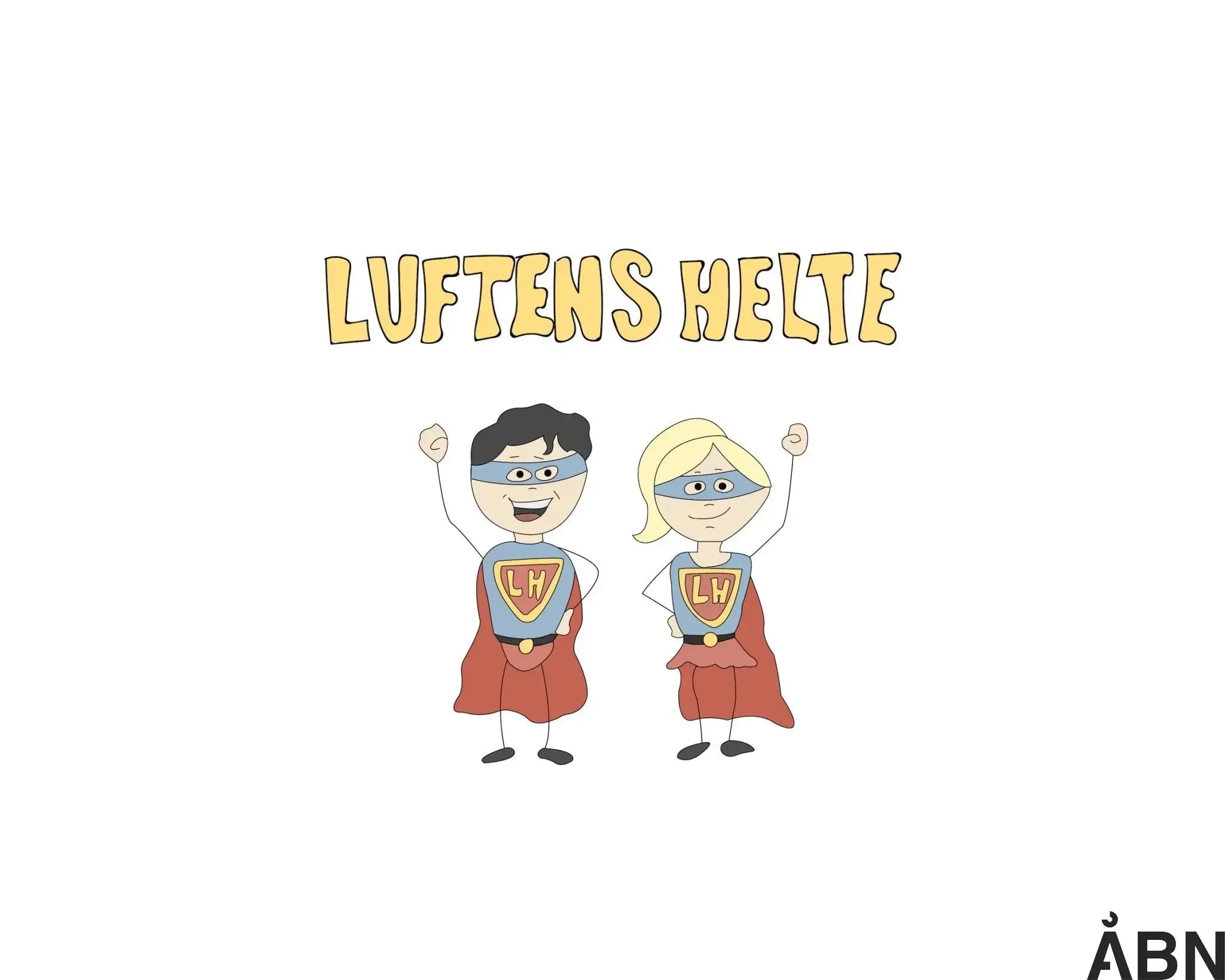In this blog post, you will be able to read about this year's mass experiment and how the elevated CO2 level negatively affects Denmark's primary school pupils.
In Denmark, a mass experiment is held once a year in a large selection of primary schools. This experiment was developed by researchers and it is the students' responsibility to carry it out. The experiment must therefore include the students in a fun and educational way, and at the same time give them an idea of what it is like to work with real research.
It is free to participate, and the school will be sent test kits with relevant materials, as well as instructions for both teachers and students.
The mass experiment is organized by the national science center Astra, developed together with the Department of Environmental and Resource Technology at DTU and financed by Realdania.
The whole experiment was carried out over week 44-46 2021, where there are a total of 4 lessons spread over 2 days, one week apart. 234 schools divided into 709 classes participated in the experiment.
This year the topic was indoor climate in primary schools; A topic that we here at ÅBN think is very relevant (of course).
Indoor climate is a subject that the mass experiment takes up approx. every 4 years, so the last test was in 2018.
The students have thus tested, among other things, the CO2 level in their classrooms, and it is quickly discovered that it is too high. The Norwegian Working Environment Authority has recommended that the CO2 level does not exceed a value of 1000 PPM, and this value is exceeded in over 50% of the classrooms, and was more than twice as high in 18% of the premises.
On the first day of the experiment, the students did not change their behavior, and therefore did as they usually do, i.e. staying in the classroom during the breaks, and minimal to no venting.
On the second day, they had frequent venting and left the classrooms during breaks. Here the students could notice a marked difference in their concentration and focus levels, and fewer students tended to have headaches and fatigue.
In addition, a test showed that the students had 6% fewer errors on the day when they provided ventilation.
It is therefore clear that the indoor climate and the CO2 level affect the students to a great extent, and that something should be done about this. In 2009 and 2014, the same experiment was carried out, and it turns out that the air quality has not changed in the last 13 years.
We are thus made aware of a problem which is neither decided upon nor acted upon. After the experiment, you can also see a clear demand from both teachers and students for a solution for a better indoor climate.
With SKYEN, there is no need to invest several millions in improving the school's building and installing a ventilation system. Here, the students are easily and quickly reminded when the CO2 level is too high and air must be vented.
Read the entire experiment at: masseksperiment.dk







